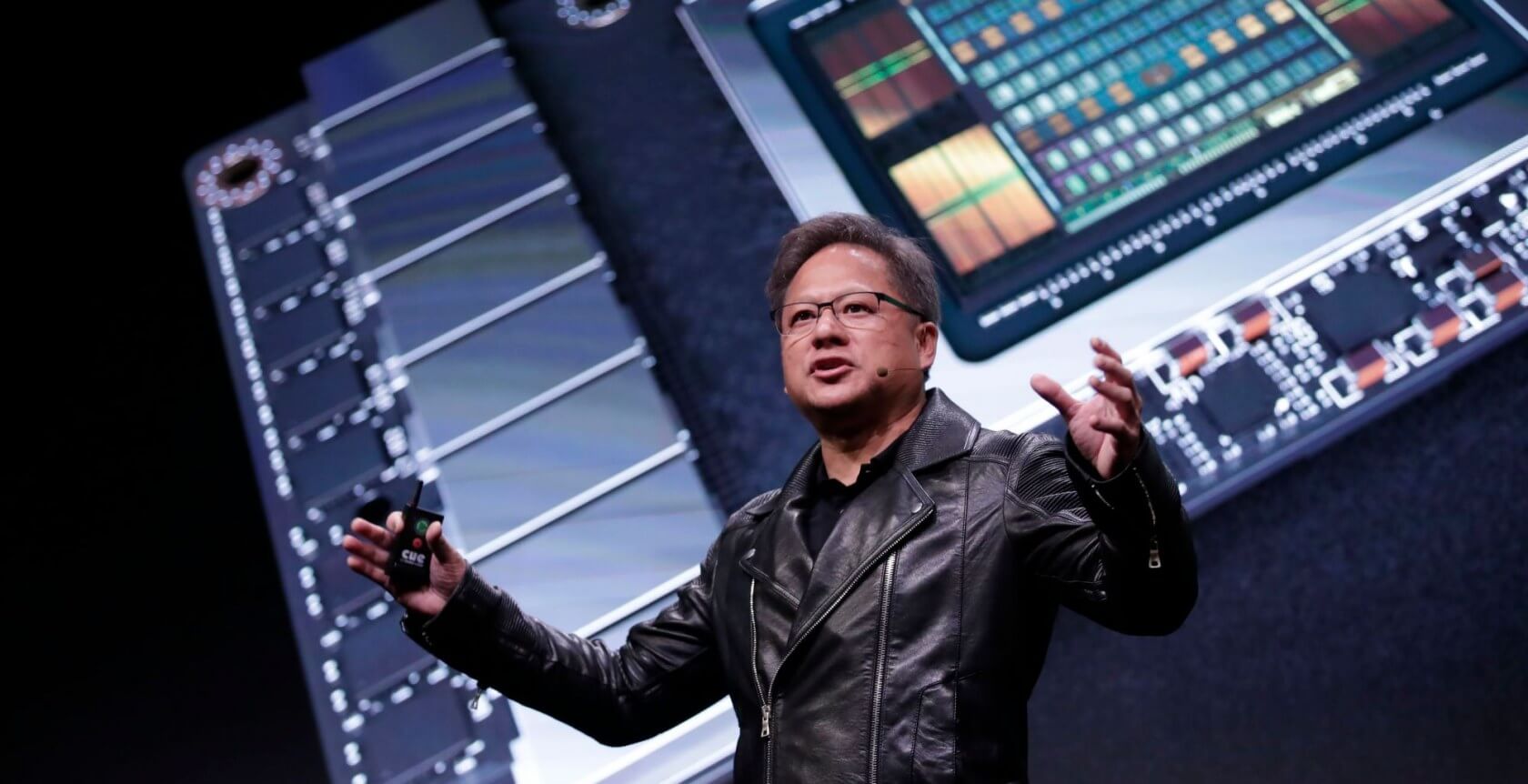DPennington
Posts: 88 +32
Something to look forward to: According to rumors, Nvidia may tease its next-gen Ampere GPU at GTC 2019. Ampere is believed to be Nvidia's first foray onto the 7nm manufacturing process, which would likely bring less power-hungry cards with higher clock speeds. AMD has already launched a card on the same manufacturing process, the Radeon VII.

With AMD beating Nvidia to the 7nm punch with the Radeon VII, the 2019 GPU Technology Conference (GTC) seems like the perfect time for Nvidia to tease Ampere, their next generation GPU. According to Tweak Town, there is speculation that Nvidia is preparing to do just that.
For years, Team Green has had the upper hand on AMD, especially in the high-end space, with their continuous architecture improvements on previous manufacturing nodes outpacing anything Team Red has offered. That changed somewhat last month, when AMD released its first GPU on the 7nm process, the Radeon VII.
With AMD's full line of 7nm GPUs, codenamed Navi, on the horizon, Nvidia is seemingly at risk of falling behind. While AMD hasn't had much of an answer for the RTX series of cards from Nvidia, the hype around Navi suggests that it may significantly change the competitive landscape.

For now, Nvidia has used the Ampere name for their future 7nm GPUs. If that's the case, the Ampere GPUs would bring power efficiency improvements, higher clock rates, and perhaps higher memory bandwidth. Now would be a good time for Nvidia to make a big announcement, considering the company just had one of the worst fiscal quarters its ever had. Consumer and investor faith in the company is slipping, especially since the adoption of RTX technology has been much slower than expected. A push from the company to generate excitement now, before AMD pulls ahead, would be a prudent move.
GTC 2019 starts on March 17 and runs through March 21 in San Jose.
https://www.techspot.com/news/79214-nvidia-could-tease-next-gen-7nm-ampere-gtc.html